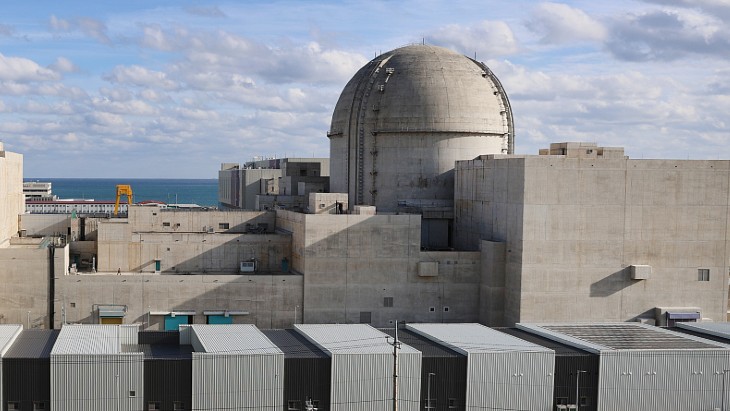Operators of most of the USA's boiling water reactors (BWRs) must upgrade their emergency venting systems under a revised order from the country's nuclear regulator.
Venting systems help reduce pressure in the containment during emergency situations leading to reactor core meltdown and the partial or total loss of safety systems. In such an event, the venting systems operates to achieve a controlled reduction of the containment pressure, usually using filters that retains airborne radioactive material.
In March 2012, taking lessons from the Fukushima accident a year earlier, the Nuclear Regulatory Commission (NRC) ordered that venting systems must either be installed or improved at 31 of the country's 35 BWRs.
It has now issued a new order, superseding the earlier one, requiring such venting be able to handle the pressures, temperatures, hydrogen concentrations and radiation levels from a damaged reactor. The order also requires the vents to be operable manually by workers in the event of reactor core damage.
The enhanced order covers venting scenarios for both "wetwells - structures meant to condense accident-generated steam and control pressure - and the larger "drywell" structures that surround the reactor. The 31 plants must complete wetwell venting improvements within the next year. They also have four years in which to install drywell venting systems.
NRC chairman Allison Macfarlane said, "Strengthened vents will help these plants continue to protect the public and the environment even if emergency systems can't immediately stop the accident. By safely releasing built-up pressure and hydrogen, the plants will preserve the buildings that contain radioactive material."
The NRC is also developing an order for the plants to implement strategies to enhance filtering of radioactive material from any vented gases, as well as to improve procedures for preserving containment integrity.
Researched and written
by World Nuclear News






_49562.jpg)





